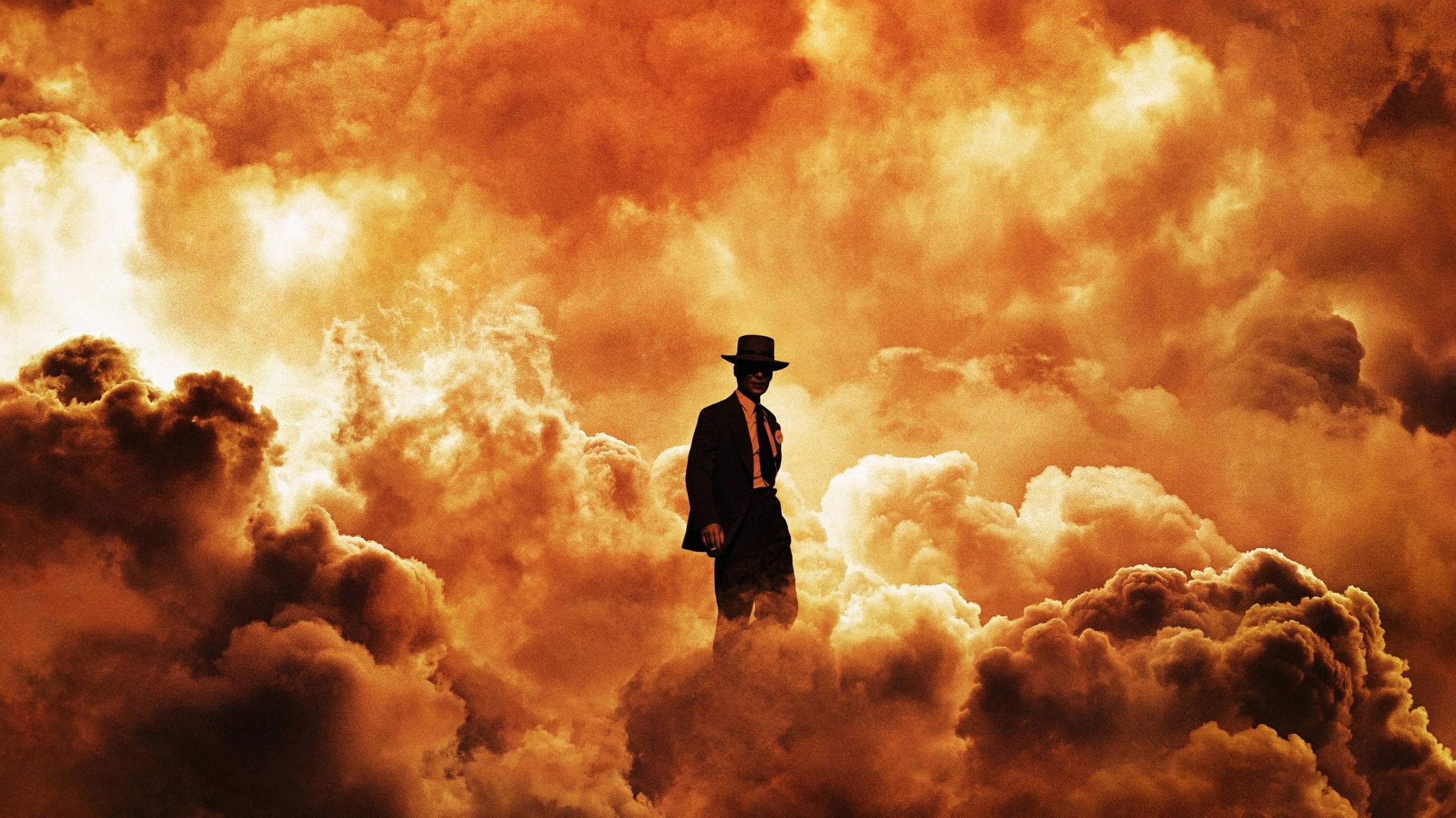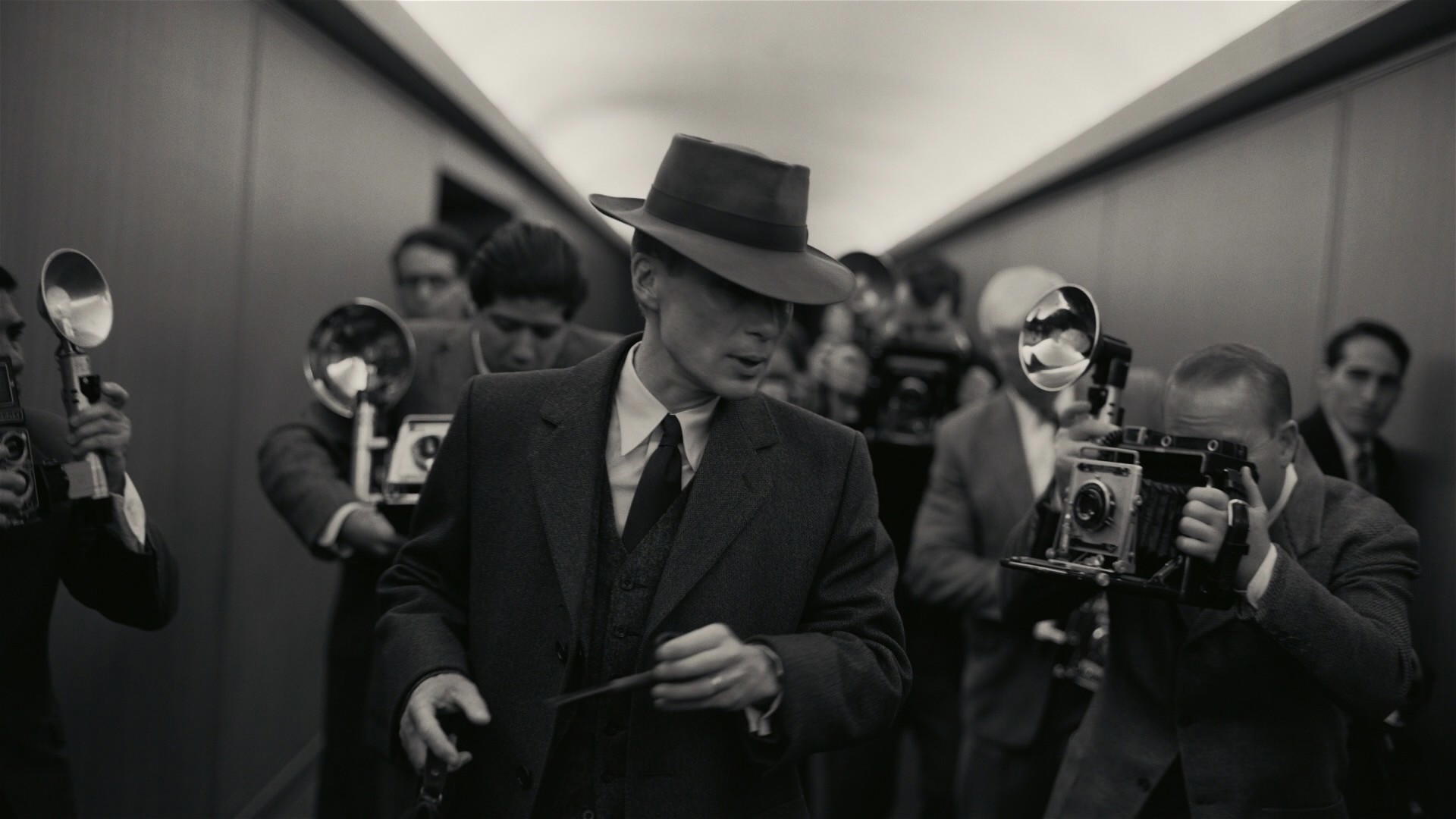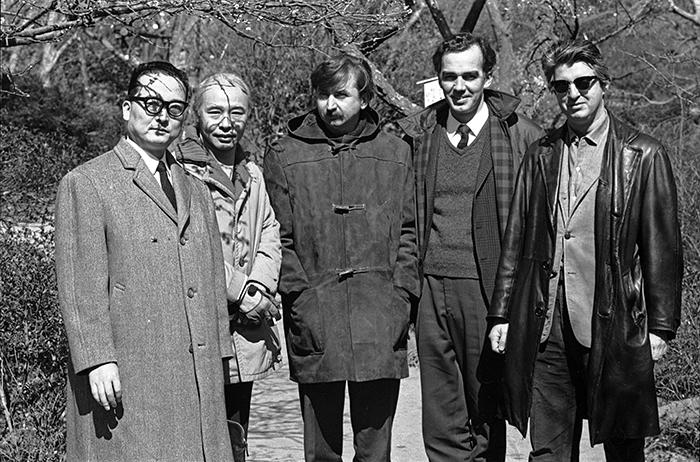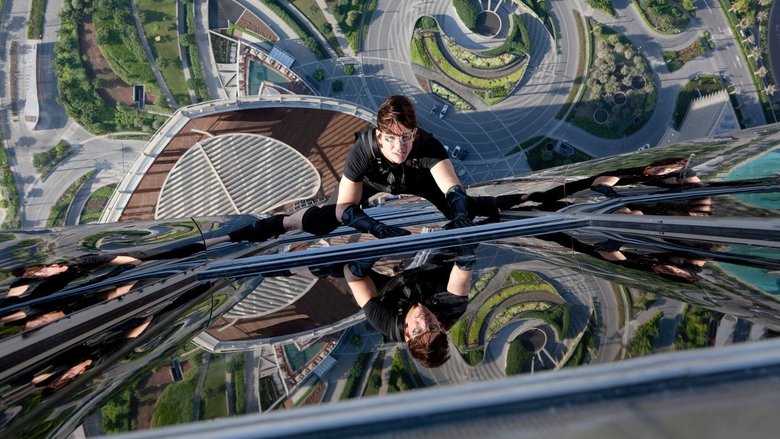Size Matters After All

WHAT IS IMAX?
IMAX theaters are characterized by their giant screens, which can be up to 40% larger than standard cinema screens. This size fills the viewer's field of vision almost entirely, creating an immersive viewing experience. Looking away is nearly impossible—you’re completely immersed, whether you want to be or not. Specialized projection technology provides razor-sharp images with high resolution, while optimized sound systems deliver rich, clear audio that can sometimes be physically felt.

IMAX digital cameras are capable of filming at resolutions of up to 4K and beyond, ensuring every detail is visible on the giant screen. Additionally, the IMAX aspect ratio of 1.43:1 or 1.90:1 provides more visual content than the standard 2.39:1, resulting in a more intense cinematic experience—more image, more wow.
WHY DIRECTORS CHOOSE IMAX
Directors like Christopher Nolan, Denis Villeneuve, Jordan Peele, and James Cameron appreciate IMAX for its ability to present their visions with stunning size and detail. Using IMAX cameras and technology allows films to be shot with an expanded aspect ratio, offering more visual content and thus enabling more intense storytelling.

Nolan, for example, used 70mm IMAX film in "Interstellar" and his Oscar-winning "Oppenheimer" to vividly portray either the vastness of space or the force of an atomic bomb. Denis Villeneuve also embraced the IMAX format for his two "Dune" films, presenting epic landscapes and complex scenes in a way impossible with traditional cinema formats. After all, if you're going to have a desert planet, make it XXL.




Filmed with IMAX Cameras
A LITTLE BIT OF HISTORY
IMAX's origins date back to Expo ’67 in Montreal, Canada, where multiscreen films garnered significant attention. A group of Canadian filmmakers and inventors, including Graeme Ferguson, Roman Kroitor, and Robert Kerr, then developed a single-screen large-format film system with higher resolution. In 1968, they founded the IMAX Corporation, which debuted its first system at Expo ’70 in Osaka, Japan.

The first commercial IMAX theater opened in 1971 at Ontario Place in Toronto, Canada. IMAX's breakthrough came in the 1990s when increasing numbers of Hollywood productions began shooting parts of their films in IMAX or remastering existing films for IMAX release. Films like "Apollo 13" and "The Dark Knight" helped bring IMAX to a broader audience. After all, why think small when you can go big?
THE FUTURE OF IMAX: CULT FILMS RETURN
In recent years, classic films have made a comeback on IMAX screens. Christopher Nolan’s "Interstellar" was re-released in IMAX theaters a decade after its original release, achieving impressive box-office success. These re-releases demonstrate that both studios and audiences have a strong interest in re-experiencing timeless films in the highest possible quality.
An excellent example of this trend is the upcoming IMAX screening of David Fincher's cult classic "Seven," presented by THE ONES WE LOVE. In collaboration with Pathé Switzerland and Digitec Galaxus, we're thrilled to offer you the opportunity to rediscover classic films in the best possible format. You can see the film at Pathé’s four IMAX theaters in Spreitenbach, the Mall of Switzerland, Westside Bern, and Balexert. And this won’t be a one-off event—we have even bigger plans. So don't wait—secure your tickets now.















